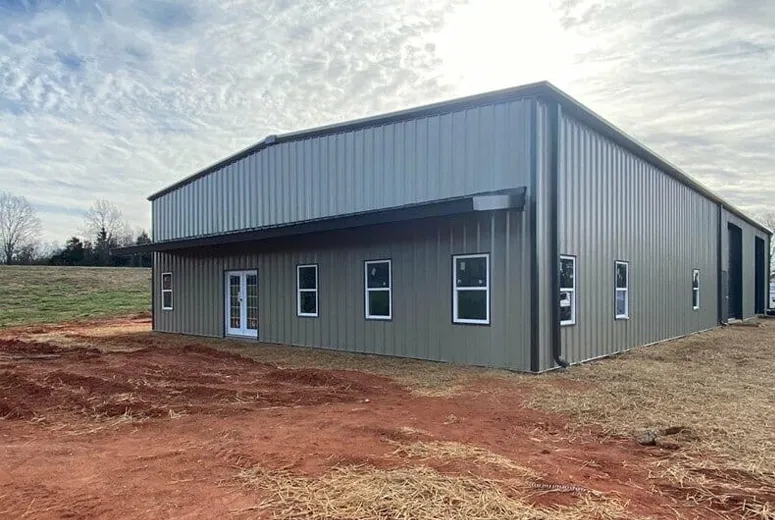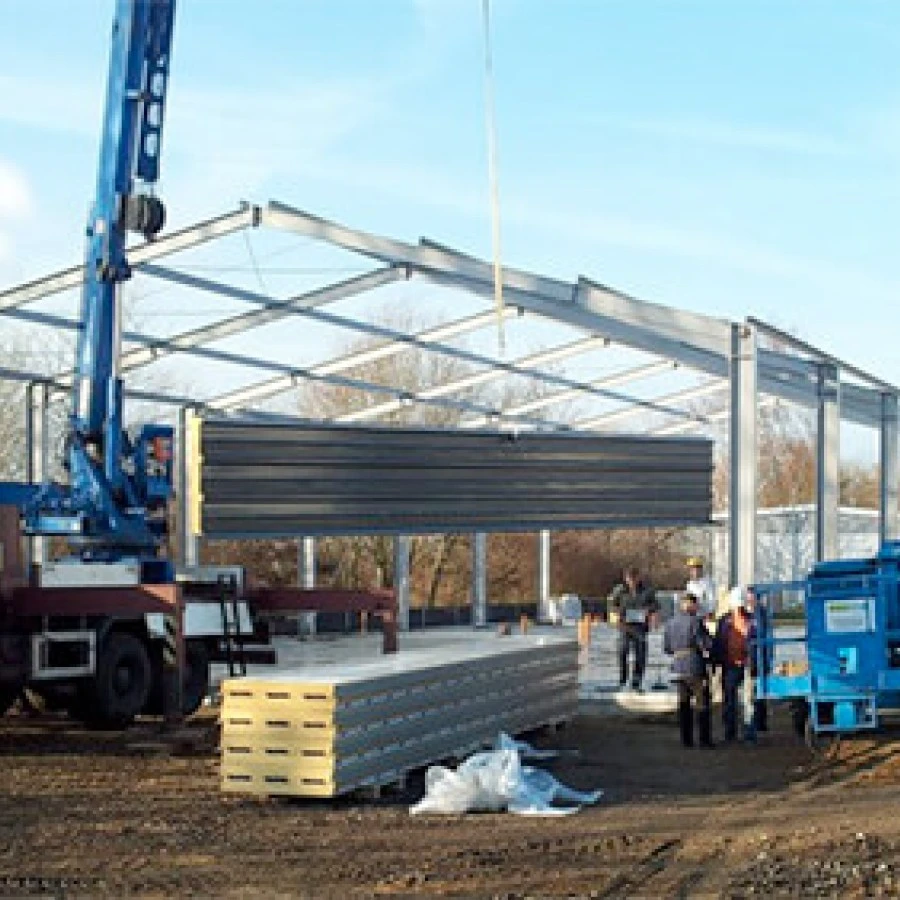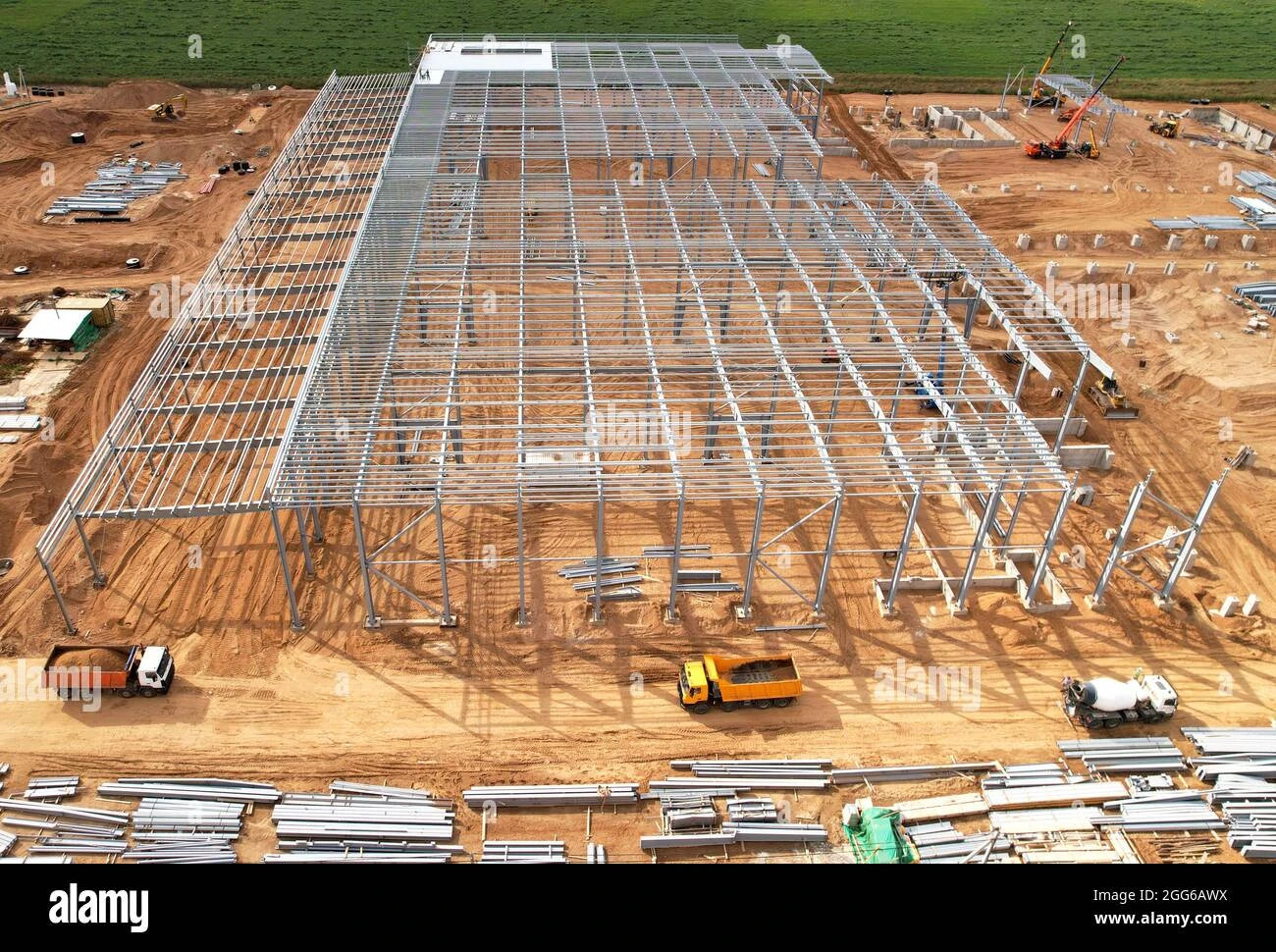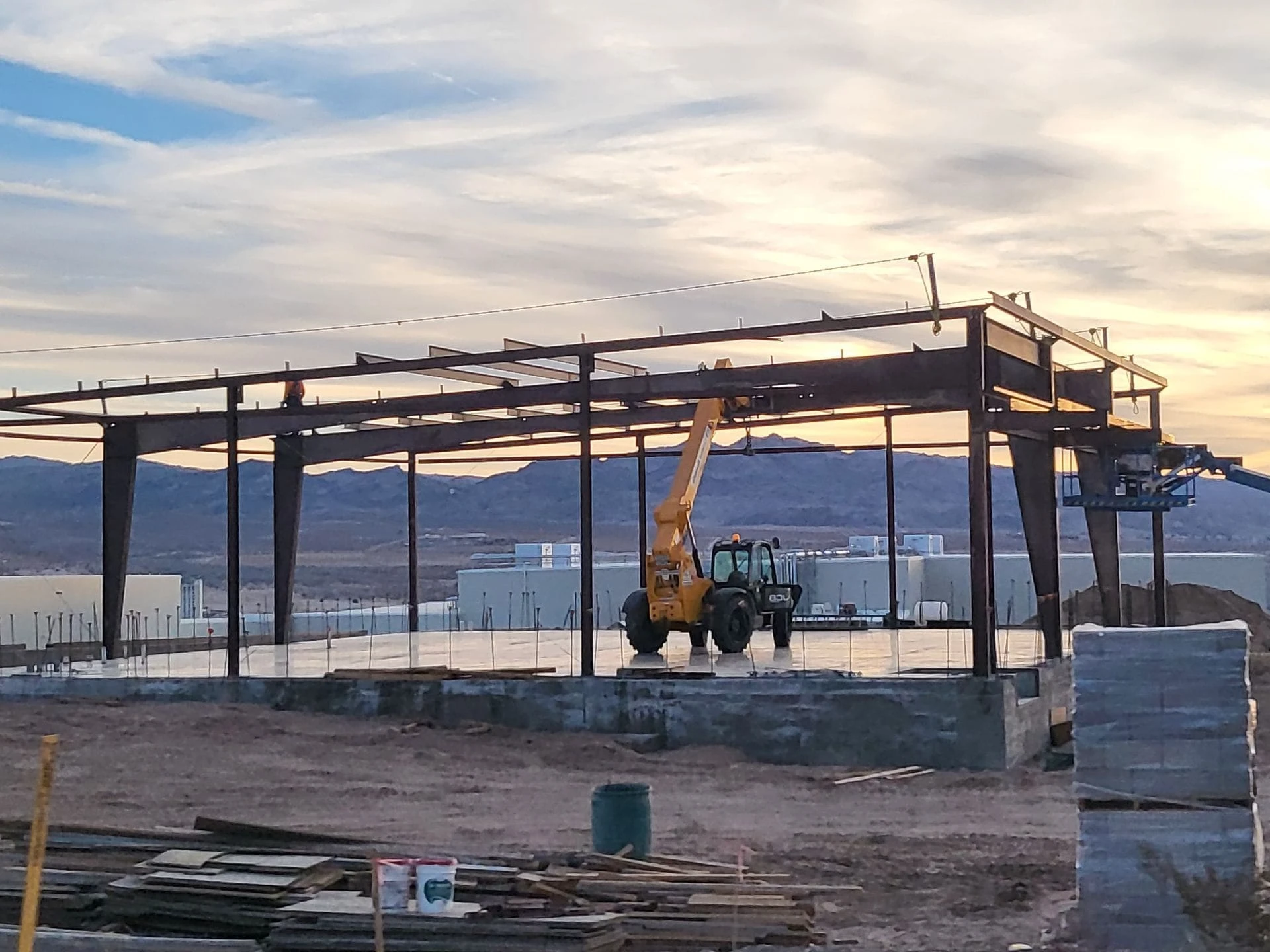- Afrikaans
- Albanian
- Amharic
- Arabic
- Armenian
- Azerbaijani
- Basque
- Belarusian
- Bengali
- Bosnian
- Bulgarian
- Catalan
- Cebuano
- Corsican
- Croatian
- Czech
- Danish
- Dutch
- English
- Esperanto
- Estonian
- Finnish
- French
- Frisian
- Galician
- Georgian
- German
- Greek
- Gujarati
- Haitian Creole
- hausa
- hawaiian
- Hebrew
- Hindi
- Miao
- Hungarian
- Icelandic
- igbo
- Indonesian
- irish
- Italian
- Japanese
- Javanese
- Kannada
- kazakh
- Khmer
- Rwandese
- Korean
- Kurdish
- Kyrgyz
- Lao
- Latin
- Latvian
- Lithuanian
- Luxembourgish
- Macedonian
- Malgashi
- Malay
- Malayalam
- Maltese
- Maori
- Marathi
- Mongolian
- Myanmar
- Nepali
- Norwegian
- Norwegian
- Occitan
- Pashto
- Persian
- Polish
- Portuguese
- Punjabi
- Romanian
- Russian
- Samoan
- Scottish Gaelic
- Serbian
- Sesotho
- Shona
- Sindhi
- Sinhala
- Slovak
- Slovenian
- Somali
- Spanish
- Sundanese
- Swahili
- Swedish
- Tagalog
- Tajik
- Tamil
- Tatar
- Telugu
- Thai
- Turkish
- Turkmen
- Ukrainian
- Urdu
- Uighur
- Uzbek
- Vietnamese
- Welsh
- Bantu
- Yiddish
- Yoruba
- Zulu
Nov . 29, 2024 21:07 Back to list
Steel Shed Truss Design A Comprehensive Overview
The design of steel shed trusses is integral to the structural integrity and aesthetic appeal of various types of buildings, including agricultural structures, warehouses, and industrial facilities. Trusses are frameworks typically made of steel that provide support for roofs and ceilings while allowing for wide spans without the need for internal columns.
Understanding Truss Design
A truss is composed of triangular units that help distribute loads effectively. The fundamental principle behind truss design is that the combination of these triangles creates a rigid structure capable of bearing heavy loads. Steel is the preferred material for trusses due to its high strength-to-weight ratio, durability, and versatility.
In designing a steel shed truss, several factors must be considered, including the type of load (vertical, lateral, or dynamic), the span of the roof, local building codes, and environmental factors such as wind, snow, and seismic activity. The design process typically begins with determining the load requirements and understanding the specific use case of the shed.
Components of Steel Trusses
Steel trusses consist of several key components
1. Top Chord The uppermost member of the truss, which primarily supports the roof loads. 2. Bottom Chord The lower member that supports the vertical loads and may serve as a ceiling support. 3. Web Members Diagonal and vertical members that connect the top and bottom chords and help redistribute loads throughout the truss. 4. Connections The joints where truss members meet, which are critical for overall stability and load distribution.
Design Considerations
1. Load Analysis A thorough understanding of the anticipated loads is crucial. This includes dead loads (weight of materials), live loads (occupants and movable items), and environmental loads (snow, wind, earthquakes).
steel shed truss design

2. Span Length The distance between supports impacts the design significantly. For larger spans, the design must be more robust, often involving larger steel sections or additional web members to ensure stability.
3. Material Selection Steel comes in various grades and shapes. Sheet steel, rolled sections, and hollow sections are common choices, with each having specific advantages in terms of strength and weight.
4. Connective Methods Bolted, welded, or riveted connections are used to join truss members. The choice depends on the design requirements, cost, and construction methods.
5. Fabrication and Assembly Pre-fabricated trusses can save time and labor on-site. However, careful planning is required to ensure that they can be transported and assembled effectively.
Benefits of Steel Shed Trusses
Steel shed trusses provide numerous advantages
- Structural Efficiency The triangular design allows for effective load distribution, reducing material usage while maintaining strength. - Flexibility in Design Steel can be shaped and molded into various forms, allowing for aesthetic architectural designs and functional adaptations. - Durability and Low Maintenance Steel is resistant to pests, rot, and environmental degradation when properly treated. - Speed of Construction Prefabricated steel trusses can be quickly assembled on-site, significantly reducing construction time.
Conclusion
The design of steel shed trusses is a sophisticated process that balances structural performance, material properties, and aesthetic considerations. Understanding the principles of truss design, as well as the materials and construction techniques involved, is essential for engineers and architects aiming to create safe, durable, and visually appealing structures. With ongoing advancements in technology and materials science, the future of steel shed truss design remains promising and innovative, paving the way for new applications and improved building standards.
-
Navigating the World of Steel Building Services: Who to Choose?
NewsJun.23,2025
-
How Do Steel Frame and Prefab Building Factories Shape Modern Construction?
NewsJun.23,2025
-
How Do Steel and Metal Structures Shape Modern Industrial Spaces?
NewsJun.23,2025
-
How Do Prefab Buildings of Various Sizes Meet Modern Construction Needs?
NewsJun.23,2025
-
How Do Factory Buildings and Metal Structures Redefine Industrial Infrastructure?
NewsJun.23,2025
-
Exploring Key Aspects of Industrial Building Development: What You Need to Know?
NewsJun.23,2025
Products categories
Our Latest News
We have a professional design team and an excellent production and construction team.











